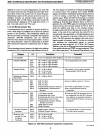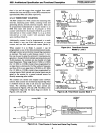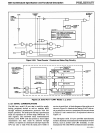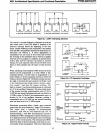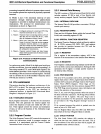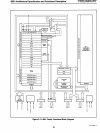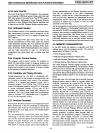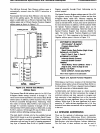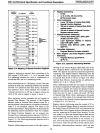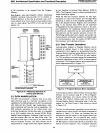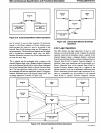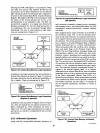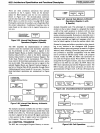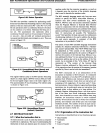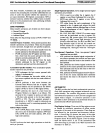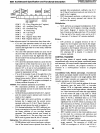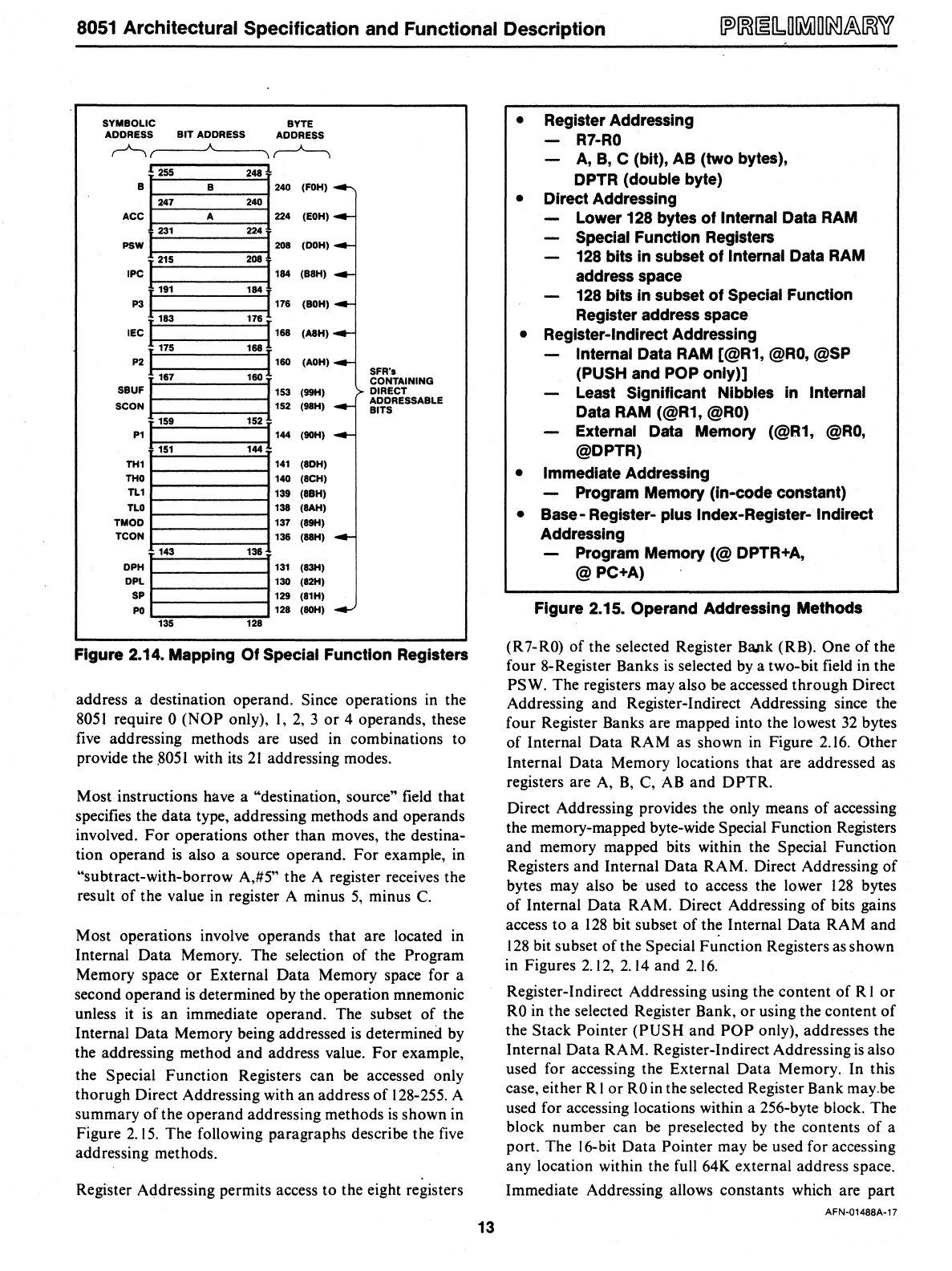
8051
Architectural Specification and Functional Description
SYMBOLIC
BYTE
ADDRESS
BIT
ADDRESS
ADDRESS
~(
A.
\~
'F
2481
B
~I:
(FOH)
A
(EOH)
ACC
231
psw
I
224 I 208
(DOH)
IPC 1
215
208 I 184
(B8H)
P3
I
191
184
1
(BOH)
176
1
183
176 I 168
(ASH)
IEC
P2 I 175
168
160 I 160
(AOH)
SFR's
167
CONTAINING
SBUF I
1
153
(99H)
DIRECT
(98H)
ADDRESSABLE
SCON
BITS
152
P1
I 159 152 I 144
(9OH)
151
144
TH1
141
(8DH)
THO
140 (8CH)
Tl1
139 (8BH)
TlO
138 (BAH)
TMOD
137
(89H)
TCON
136 (88H)
:~
~143 136
~:
::::
SP 129 (81H)
PO 128 (SOH)
135 128
Figure 2.14. Mapping Of Special Function Registers
address a destination operand.
Since operations in the
8051
require 0
(NOP
only), I,
2,
3
or
4 operands, these
five addressing methods are used in combinations to
provide the
.8051
with its
21
addressing modes.
Most instructions have a
"destination, source'" field that
specifies the
data
type, addressing methods and operands
involved.
For
operations other than moves, the destina-
tion operand
is
also a source operand.
For
example, in
"subtract-with-borrow
A,#5" the A register receives the
result
of
the value in register A minus
5,
minus
C.
Most operations involve operands that are located in
Internal Data Memory. The selection of the Program
Memory space
or
External Data Memory space for a
second operand
is
determined by the operation mnemonic
unless it
is
an immediate operand. The subset
of
the
Internal
Data
Memory being addressed
is
determined by
the addressing method and address value.
For
example,
the
Special Function Registers can be accessed only
thorugh Direct Addressing with an address
of
128-255. A
summary
of
the operand addressing methods
is
shown in
Figure 2.15. The following paragraphs describe the five
addressing methods.
Register Addressing permits access to the eight registers
13
• Register Addressing
R7-RO
--
A,
B,
C (bit), AB (two bytes),
DPTR (double byte)
• Direct Addressing
Lower 128 bytes
of
Internal Data RAM
Special Function Registers
128
bits in subset
of
Internal Data RAM
address space
128
bits in subset
of
Special Function
Register address space
• Register-Indirect Addressing
Internal Data RAM [@R1,
@RO,
@SP
(PUSH and POP only))
Least Significant Nibbles in Internal
Data RAM (@R1,
@RO)
External Data Memory
(@R1,
@RO,
@DPTR)
• Immediate Addressing
--
Program Memory (tn-code constant)
• Base - Register- plus Index-Register- Indirect
Addressing
Program Memory
(@
DPTR+A,
@PC+A)
Figure 2.15. Operand Addressing Methods
(R
7-RO)
of the selected Register Bank (RB). One
of
the
four 8-Register Banks
is
selected
by
a two-bit field in the
PSW. The registers may also be accessed
through
Direct
Addressing and Register-Indirect Addressing since the
four Register Banks are mapped into the lowest
32
bytes
of Internal
Data
RAM
as shown in Figure
2.16.
Other
Iflternal
Data
Memory locations that are addressed as
registers are
A,
B,
C,
AB
and
DPTR.
Direct Addressing provides the only means
of
accessing
the memory-mapped byte-wide
Special Function Registers
and memory mapped bits within the
Special Function
Registers and Internal
Data
RAM. Direct Addressing
of
bytes may also be used to access the lower
128
bytes
of Internal
Data
RAM. Direct Addressing
of
bits gains
access to a
128
bit subset of the Internal Data RAM and
128
bit subset
of
the Special Function Registers as shown
in Figures
2.
12,
2.
14
and
2.
16.
Register-Indirect Addressing using the content
of
R I
or
RO
in the selected Register Bank,
or
using the content
of
the Stack Pointer
(PUSH
and
POP
only), addresses the
Internal
Data
RAM. Register-Indirect Addressing
is
also
used for accessing the External
Data
Memory. In this
case, either R 1
or
RO
in
the selected Register Bank may.be
used for accessing locations within a 256-byte block. The
block number can be preselected
by
the contents
of
a
port. The 16-bit
Data
Pointer may
be
used for accessing
any location within the full 64K external address space.
Immediate Addressing allows constants which are part
AFN'01488A-17



